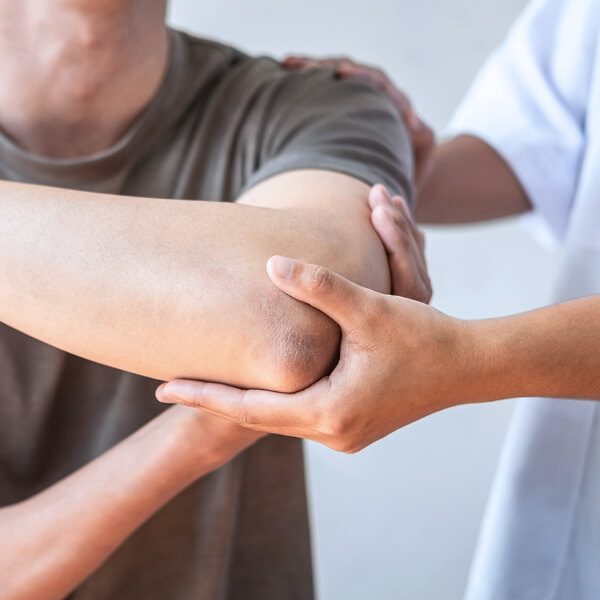Investigating the Effect of Manual Treatment Techniques on Reducing Muscle and Joint Pain and Improving Patient Outcomes
Investigating the Effect of Manual Treatment Techniques on Reducing Muscle and Joint Pain and Improving Patient Outcomes
Blog Article
Hands-on therapy techniques are manual methods used by medical providers to treat muscle and joint discomfort. These methods include different forms of adjustment and mobilization of the human muscles and articulations. The goal of manual therapy is to relieve discomfort, enhance movement, and boost overall function. Numerous people suffer from musculoskeletal pain due to trauma, poor alignment, or disorders like joint inflammation. By using hands-on therapy, therapists aim to address these concerns and help patients recover their standard of life.
One frequent manual therapy technique is vertebral manipulation. This method involves applying controlled force to the spine to improve positioning and decrease discomfort. Studies has demonstrated that vertebral adjustment can be beneficial in treating lumbar spinal discomfort and neck pain. Another technique is soft connective tissue manipulation, which focuses on reducing tightness in the muscles and connective tissues. This can help reduce stiffness and enhance range of motion, making it easier for clients to navigate without pain. Both methods can be customized to satisfy the specific needs of each client, ensuring a custom method to care.
In addition to discomfort alleviation, manual treatment can improve client results in multiple ways. For instance, it can boost blood flow, which helps supply oxygen and nutrients to the affected areas of the system. Improved blood flow can also encourage recovery and alleviate swelling. Additionally, manual therapy can help patients develop better physical consciousness, which is crucial for avoiding future injuries. By understanding how their bodies move, patients discover this info here can make more knowledgeable decisions about their movements and alignment, leading to sustained advantages.
The efficacy of hands-on treatment is often backed by client feedback. Many individuals indicate notable gains in their pain levels and overall performance after undergoing care. This positive response can lead to increased motivation for clients to participate in physical activity and rehabilitation programs. When clients feel better, they are more likely to engage in their rehabilitation journey, which can further enhance their results. This cooperative method between the provider and the patient is crucial for attaining enduring results.
In conclusion, manual therapy techniques play a critical role in relieving musculoskeletal discomfort and enhancing patient results. By using methods such as spinal adjustment and gentle connective tissue manipulation, medical professionals can help clients regain mobility and alleviate pain. The advantages of manual treatment extend further than instant pain alleviation, as it also encourages recovery and motivates patients to take an proactive role in their recovery. As more people seek efficient therapies for muscle and joint concerns, hands-on treatment continues to be an important option in the field of healthcare.